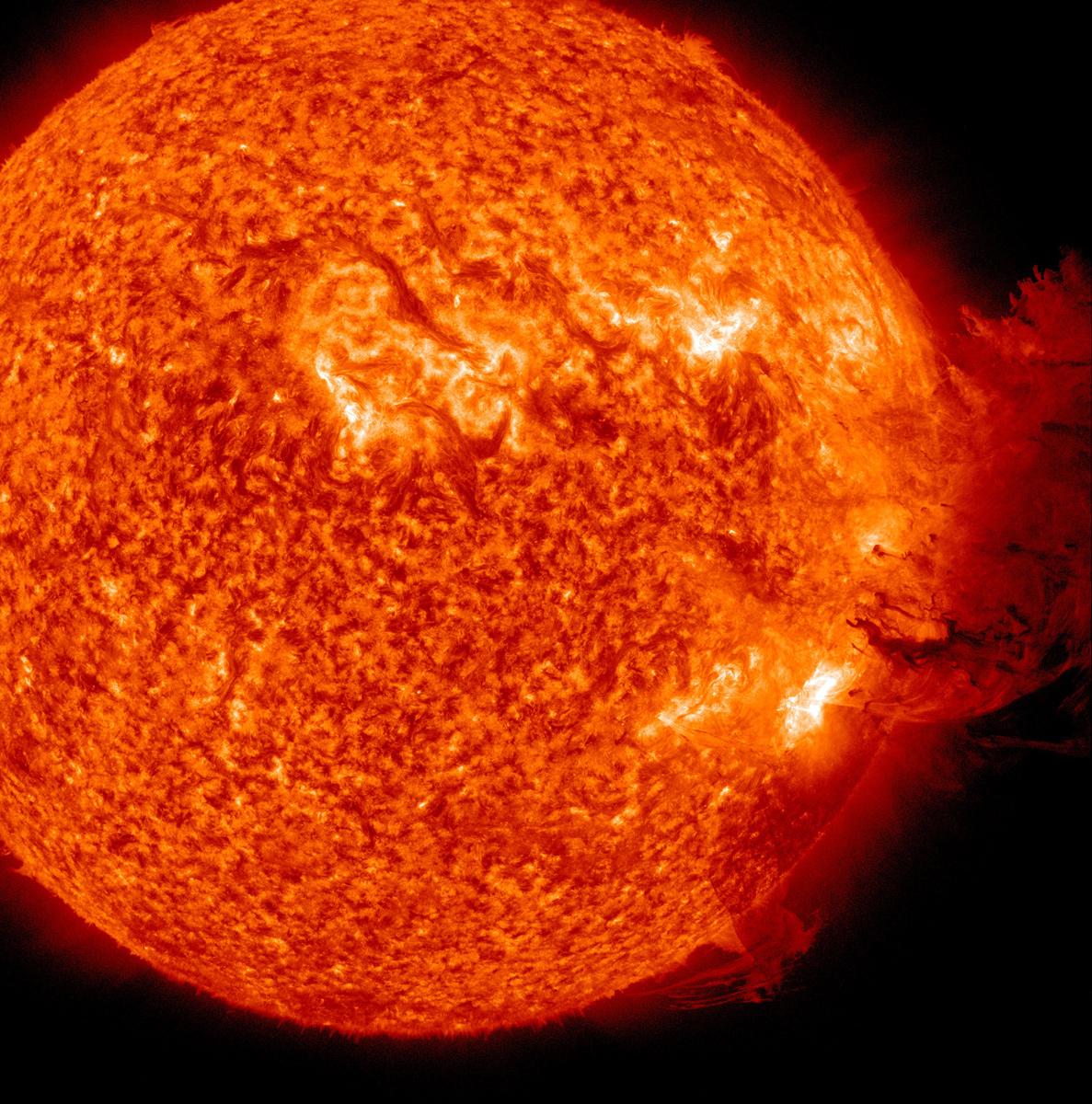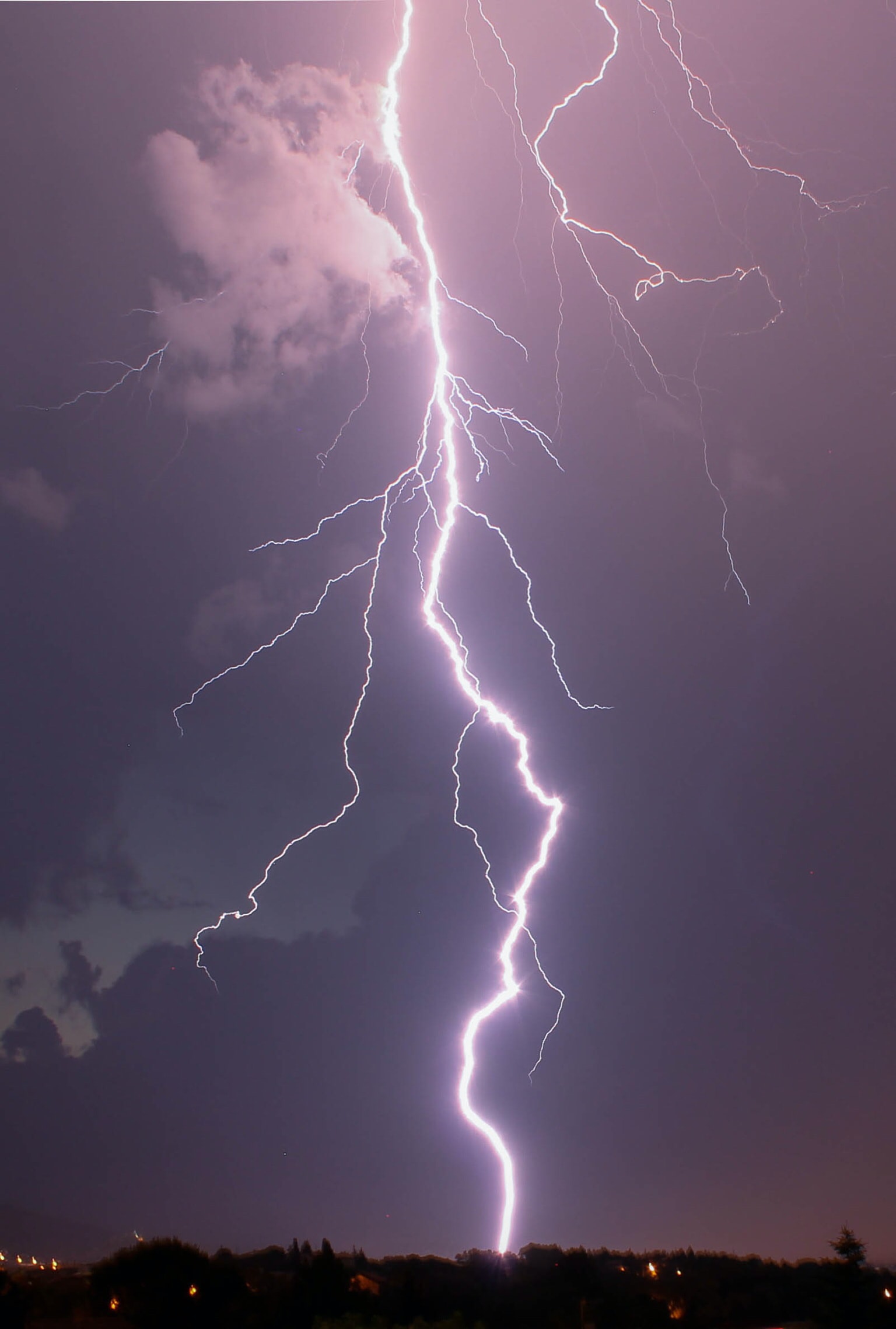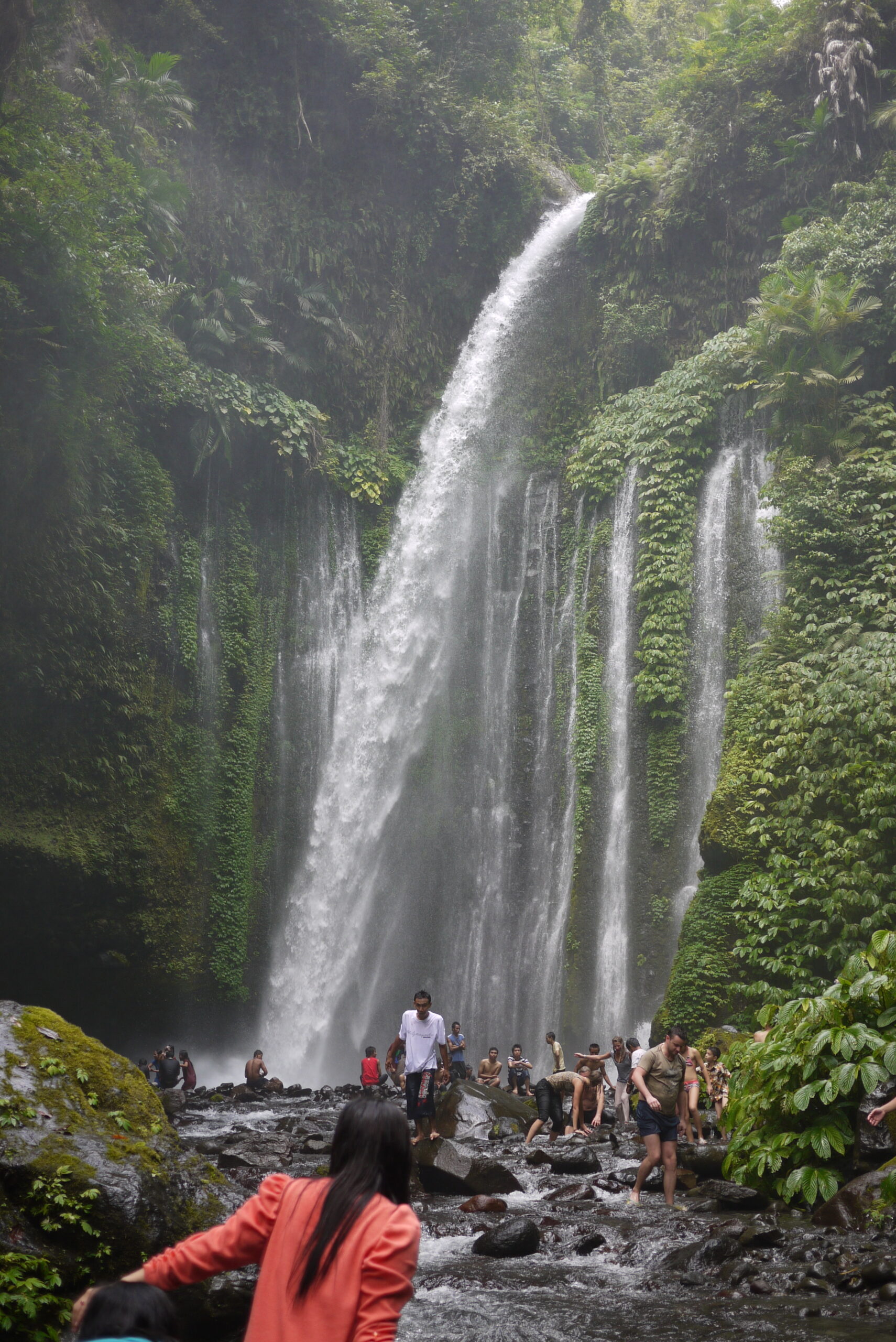Time needed: minimum 45 min
Why? The learning stations, as well as learning at stations, station maintenance, station work, Learning circles and learning counter (counter or teaching), is a teaching technique in which students self-directed and self-employed usually prepared using materials that are placed in stations to learn.
When? Goals of teaching with the development of open learning content, social behavior, self-organization, joyful learning with all senses, introduction of new teaching methods from the point of learning by doing, education for personal responsibility and independence. Learning psychological perspective is the root of success in addressing all types of perception. Therefore, the materials that appeal to several senses, provide visual, auditory and tactile stimuli that contain motor elements and lead by grabbing „hands on“.
Essential aspects in the open learning are goal oriented, independent and guided learning, different forms of control (self, partner, teacher control), various social forms (individually, in pairs, groups of more than two) as well as different types of tasks.
In their entirety, work orders, materials and opportunities for differentiation with regard to difficulty, inclinations and interests. Fundamental element in the open learning is the self-control, means the materials used allow the students to check their results themselves. The teachers are thus free to serve the students individually or in groups and to respond to individual questions and problems.
How? Students receive work schedules with mandatory and optional tasks to stations. The students do have choices regarding the timing, order of tasks and social form (individual, couple, group work) to get the job done in a certain time. The assignments include:
- Mandatory tasks: These must be made and used to develop new material or to consolidate and exercise as well
- Optional functions: they may be edited, and serve to broaden and deepen or repetition.
Different types of work such as crafts, writing, reading, listening, seeing, smelling, computer work, playing, moving, etc. provide variety. The teacher accompanies the students in their learning process and provide specific assistance for planning the next learning steps. The students learn in open learning, the implementation of self-control (accuracy, detection of errors), timing, self-assessment and reflection of their own learning progress, recognizing one’s own learning needs, planning and implementation of their next steps and taking responsibility, so that an independent design and planning their own learning process are possible. A special form of learning circles, in which the inner connection is chosen so that the learners have to go through all the stations, for example, because they build on one another and serve only as a whole, the educational attainment of the goal.
Any risks? Often critiques of the station learning is based on the fact that different groups of students the teacher can not simultaneously keep an eye so that it often means that students only write off of each other, without even think and really understand the material. This can be avoided if students or groups of students will receive different tasks on the same subject. Sometimes it is necessary, the substance that has been treated in the learning stations, after the completion of the learning circle again to repeat the chalk and talk, to check whether students have understood everything. Critics say an issue in this way takes twice as long to complete because it once in a learning station and take lessons once a frontal need. The teaching techniques are therefore more suitable for the practice, repetition and deepening of the already known material.



